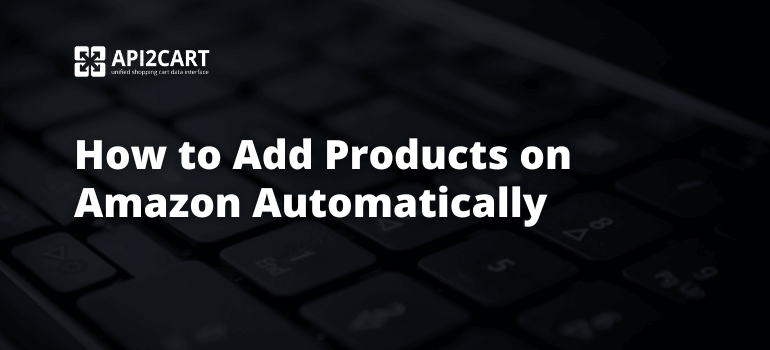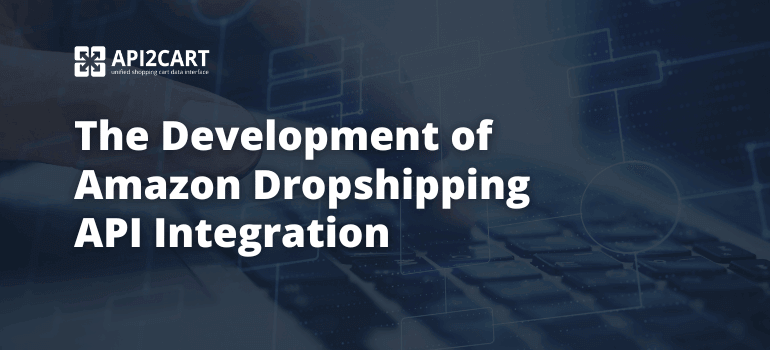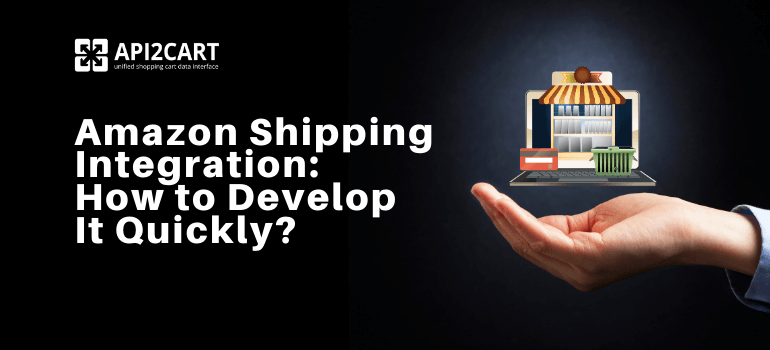
Amazon shipping integration is a crucial feature for any modern shipping software provider. Shipping is not just about packing and delivery—it also involves syncing orders, managing inventory, updating tracking info, and keeping customers informed. For your shipping software to automate these operations, you need to connect it to eCommerce platforms and marketplaces.
In this article, you will discover how to easily build a connection with Amazon. As one of the most powerful marketplaces in the world, Amazon offers great potential for those who manage shipping operations and need access to order, customer, and product data.
Why Shipping Software Needs Marketplace Integrations
When your software is integrated with marketplaces like Amazon, you unlock features that improve the experience for both your customers and their buyers. This includes options to create shipping labels, manage inventory in real time, track packages, and more.
Connecting to multiple platforms allows you to work with more online stores and expand your reach in the B2B space. It's especially useful for streamlining operations and reducing manual errors.
What is Amazon Shipping Integration?
Amazon Shipping Integration refers to the process of linking your shipping software to Amazon’s platform to streamline order processing, manage shipping labels, and track deliveries. By integrating with Amazon your shipping service can help retailers automate shipping tasks, saving time, reducing errors, and enhancing operational efficiency.
Key Advantages of Integrating Amazon with Your Software
Amazon processes billions of dollars in orders and serves millions of online sellers. By integrating with Amazon, you gain access to a large user base and new business opportunities. According to Statista, Amazon's yearly sales reach billions, and the platform is used by more than 2 million sellers globally.
However, building a direct integration with Amazon is far from easy. It requires technical knowledge, dedicated developer time, and continuous maintenance. Amazon's API (SP-API) can be complex and is often lacking clear documentation or support.
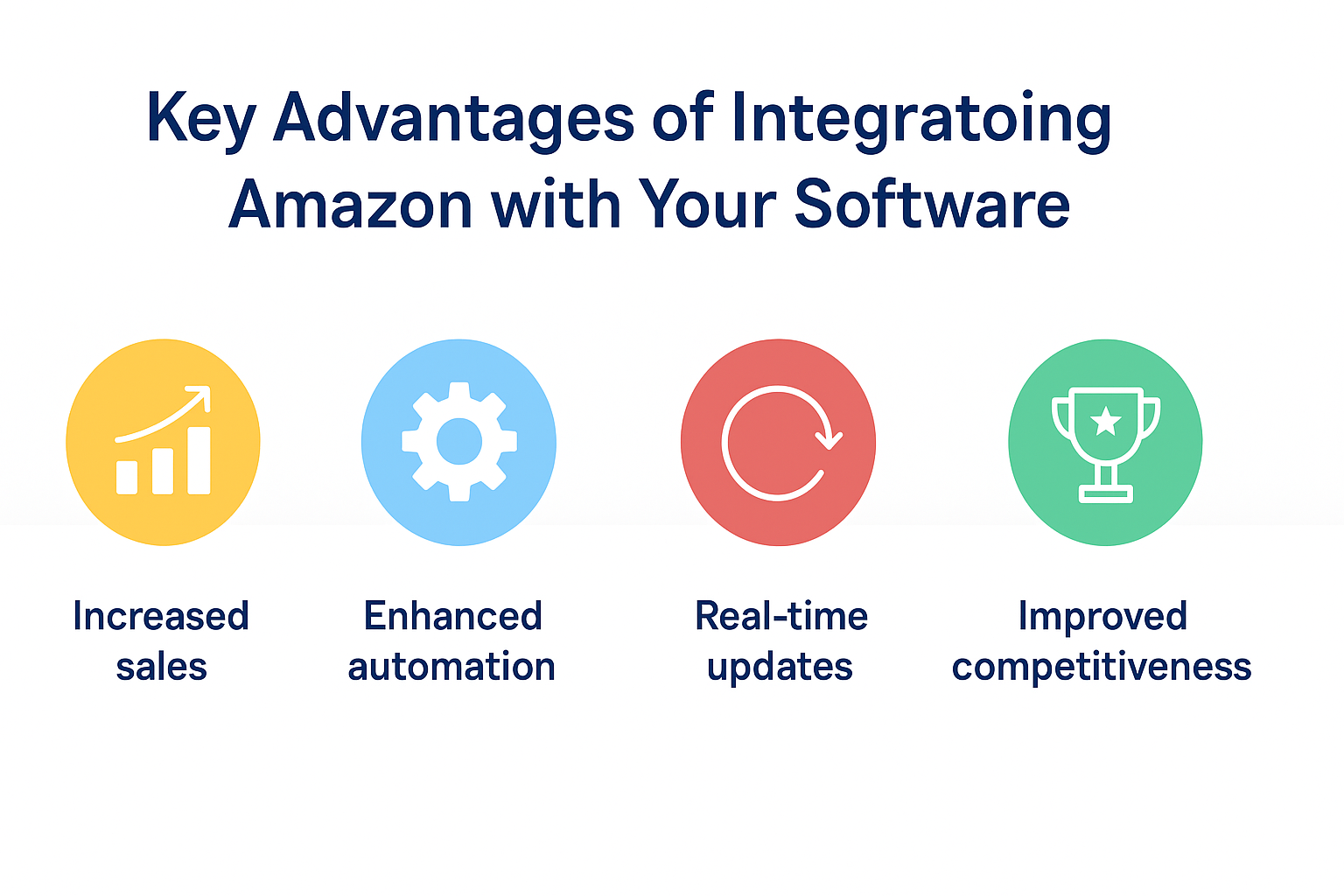
Challenges You May Face with Amazon Shipping Integration
The process of developing Amazon integration from scratch is time-consuming. Developers may need at least two months or more, especially if they’re not familiar with Amazon’s API requirements. Additionally, many operations—such as managing products or shipments—require working with CSV or XML data, which increases complexity.
The official support team may also take more than 24 hours to respond, causing delays in troubleshooting issues during integration.
How to Simplify Amazon Integration for Your Shipping Tool
If building and maintaining your own integration sounds overwhelming, there is a simpler solution. API2Cart provides a unified API that connects your shipping software to Amazon and 60+ other shopping platforms.
Instead of hiring a developer or maintaining the connection yourself, API2Cart allows you to integrate quickly and focus on offering your services. Their team handles updates and changes to the platforms.
Step-by-Step Guide to Connect Amazon via API2Cart
To get started, sign up for a free API2Cart account. Next, connect your customers’ Amazon stores to access order, product, and customer data. You’ll need an Amazon Professional seller account for the connection.
Follow the instructions in this guide to enter API credentials and authorize access.
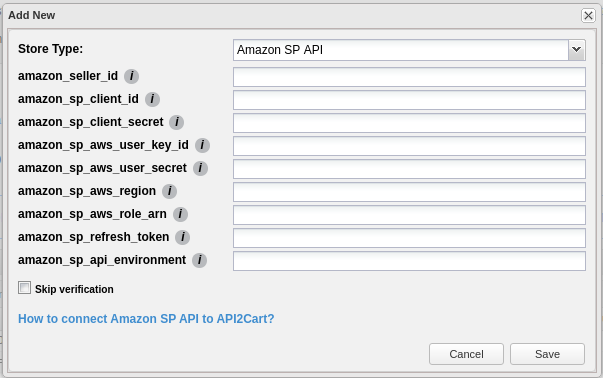
After connection, your software can import and manage orders, update tracking, automate order fulfillment, and even generate reports.
Shipping Software Use Cases for Amazon Integration via API2Cart
With API2Cart’s Amazon integration, shipping software solutions can offer a wide range of powerful features that improve efficiency and provide valuable tools for e-retailers. Here are some examples of what your shipping software can do by integrating Amazon SP API via API2Cart:
- Create shipments - order.shipment.add.method - Add a shipment to an order. This method allows you to update shipment details and create transport labels.
- Get a list of all returns from the store - Shipping software can retrieve all return requests from Amazon using the return.list.json.method. This allows retailers to keep track of customer returns efficiently and streamline the return management process.
- Import orders from multiple sales channels - With the order.list.json.method and order.info.json.method, shipping software can import order data from various sales channels like Amazon. This feature helps to centralize order information, making it easier for retailers to manage and process orders from different platforms.
- Create shipping labels - Using the order.info.json.method, shipping software can generate shipping labels directly for Amazon orders. This eliminates the need for manual label creation and ensures smooth and efficient order fulfillment.
- Monitor and sync inventory levels - Shipping software can monitor and sync inventory levels across multiple channels by using the order.list.json.method and product.update.json.methods. This feature enables retailers to keep their inventory up to date and prevent stockouts or overselling.
With these features, your shipping software will be able to offer Amazon retailers the tools they need to optimize their logistics and streamline shipping processes, improving overall customer satisfaction.
Conclusion
Amazon shipping integration opens the door to significant business growth. However, building and supporting such a connection requires considerable resources—unless you use a platform like API2Cart. With one unified API, you get access to Amazon and dozens of other platforms without the stress of managing everything yourself.
Take advantage of API2Cart’s free 14-day trial to explore how it can transform your shipping integration process. If you have questions, contact us anytime.

